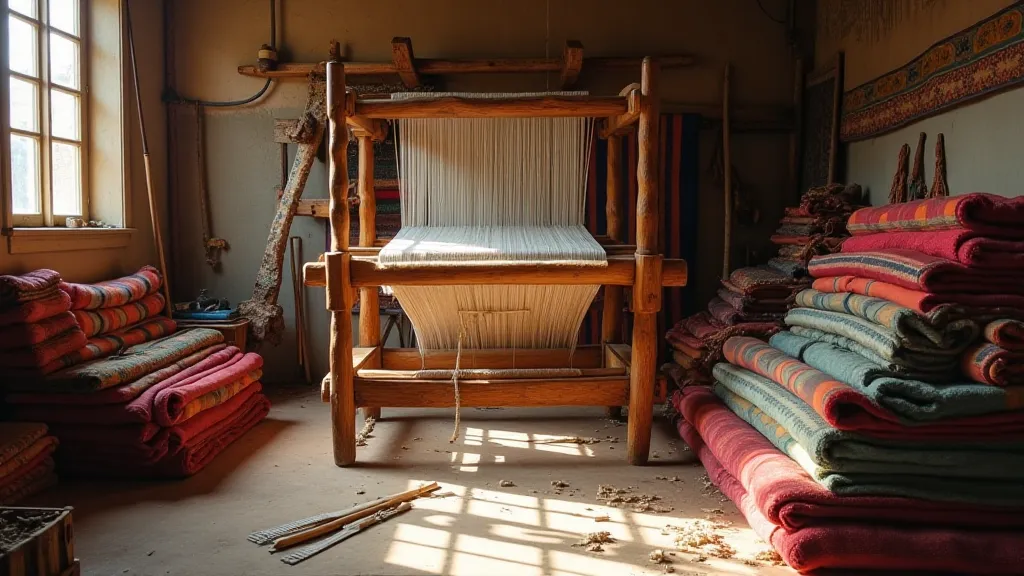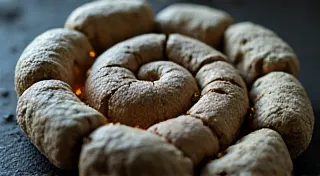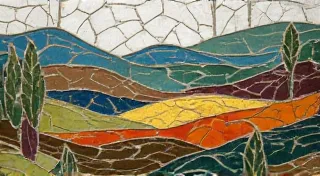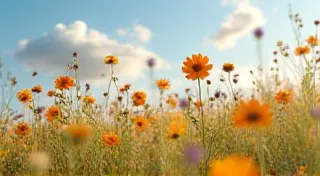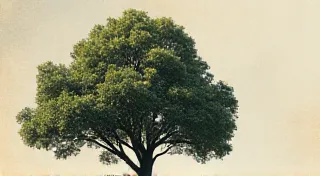Whispers in the Thread: The Intangible Heritage of Regional Weaving
The feel of handspun wool between your fingers is more than just texture; it's a connection to centuries of labor, ingenuity, and cultural identity. When we talk about weaving, we often think of the finished product – a vibrant rug, a sturdy blanket, a flowing garment. But what often remains unseen, unacknowledged, is the profound and deeply personal narrative woven into every thread – the story of a region, a community, and the intangible heritage passed down through generations. This isn’t simply about making fabric; it’s about preserving memory.
My own fascination with weaving began not with a loom, but with a photograph. It was a faded image of my grandmother, her hands – strong and calloused – guiding the shuttle across a massive, hand-built loom in her remote village in the Carpathian Mountains. The colors were muted, the light dim, but the intensity in her eyes was unmistakable. She rarely spoke about the process itself, but I remember her meticulously sorting the wool, meticulously dyeing it with natural pigments extracted from local plants – madder for reds, woad for blues, onion skins for yellows. The air would be thick with the earthy aroma of dye, and the rhythm of the loom would pulse through the house, a constant, comforting presence. That image, that memory, sparked a lifelong journey to understand the profound significance of regional weaving.
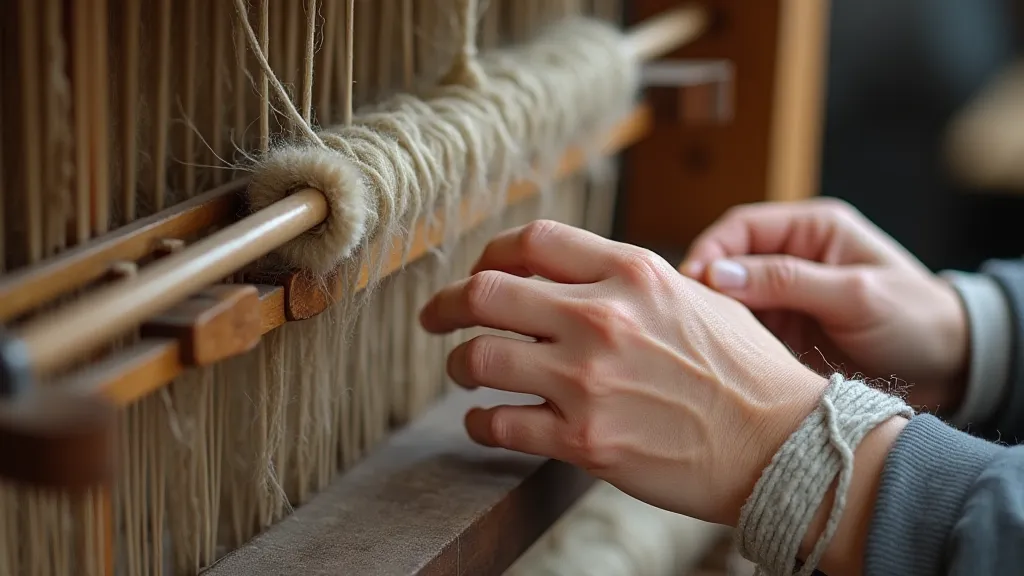
The Loom as a Living Archive
Regional weaving patterns are rarely born from a single individual’s design. They’s are often composite creations, representing a synthesis of influences accumulated over time. They incorporate geometric motifs borrowed from ancient folklore, symbolic representations of the landscape, and variations reflecting local traditions and beliefs. Each region boasts its distinctive color palettes, patterns, and techniques—a visual language that speaks volumes about its history and identity. Consider the intricate kilims of Anatolia, with their stylized animal motifs and geometric labyrinths, telling stories of nomadic tribes and their connection to the land. Or the vibrant ikat textiles of Indonesia, where meticulously planned resist-dyeing techniques create mesmerizing blurred patterns reflecting ancestral beliefs and social structures.
The knowledge itself wasn’t always formally taught. It was embedded in everyday life, learned through observation and imitation, passed down from mother to daughter, aunt to niece. The loom became a gathering place, a space for storytelling and the transmission of cultural memory. A young girl wouldn’s just learn to weave; she’d learn the stories behind the patterns, the significance of the colors, the history of her community. The act of weaving itself became a form of cultural preservation, a living archive of intangible heritage.
The Slow Fade and the Urgent Need for Preservation
Sadly, this rich tapestry of regional weaving traditions faces a slow, insidious fade. The rise of mass-produced textiles, often cheaper and faster to produce, has significantly eroded the demand for handwoven goods. Younger generations, drawn to modern lifestyles and career paths, are often less inclined to learn the complex and time-consuming skills of traditional weaving. The loss of skilled weavers is devastating; with them goes not only a craft but also a vital link to the past.
The problem is further compounded by the scarcity of natural resources. Historically, weavers relied on locally sourced wool, flax, and natural dyes. The increasing scarcity of these resources, often due to deforestation, pollution, and unsustainable agricultural practices, makes it even more challenging to maintain traditional weaving techniques.
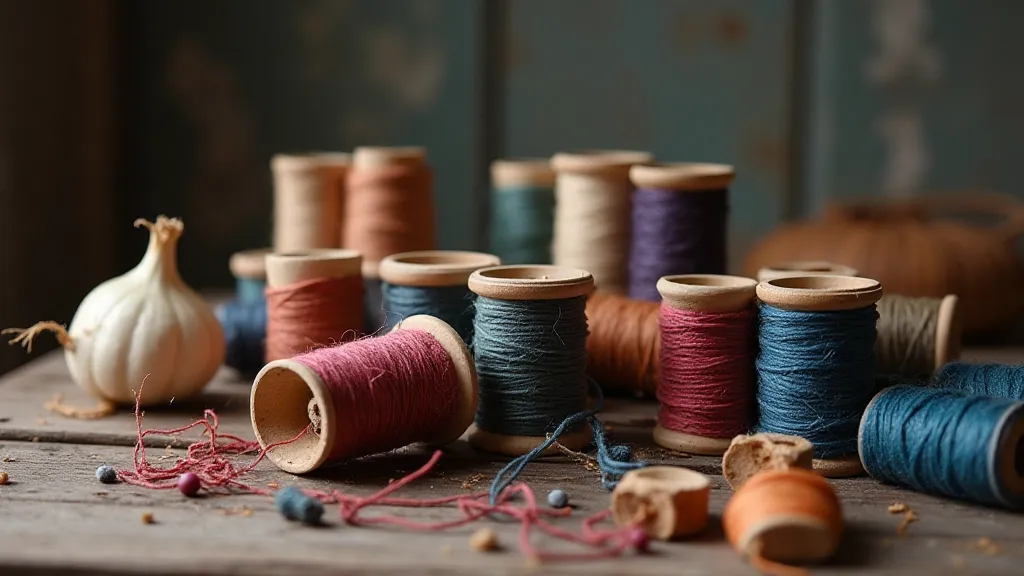
Beyond the Fabric: Restoration and Collection
While the situation appears daunting, there are reasons for hope. A growing awareness of the importance of preserving regional weaving traditions has spurred a revival of interest in handcrafted textiles. Communities are actively working to document weaving techniques, train new generations of weavers, and promote the value of handwoven goods.
For those interested in contributing to the preservation of this heritage, there are several avenues to explore. Collectors, particularly those interested in antique textiles, play a vital role in safeguarding these pieces for future generations. Restoring damaged pieces, while requiring a delicate touch and a deep understanding of traditional techniques, can breathe new life into these artifacts, preventing them from disappearing entirely. A crucial element of restoration is using natural fibers and dyes—anything else risks compromising the integrity and authenticity of the original piece.
Even simply appreciating and purchasing handwoven goods directly from artisans and supporting fair trade initiatives can make a significant difference. When we choose handwoven textiles, we are not just buying a product; we are investing in a community, supporting a cultural tradition, and preserving a vital piece of our shared human heritage. Knowing the story behind a piece—the weaver’s name, the origin of the materials, the significance of the patterns—adds another layer of appreciation and connection.
A Legacy Woven in Time
The whispers in the thread tell stories of resilience, ingenuity, and cultural identity. They remind us that craftsmanship is not just about skill; it's about connection – connection to the land, to the community, to the ancestors. Regional weaving patterns are more than just beautiful designs; they are tangible expressions of intangible heritage, a living testament to the enduring power of human creativity. As the world continues to change at an ever-accelerating pace, it becomes ever more critical that we protect and celebrate these invaluable traditions – ensuring that the whispers in the thread continue to resonate for generations to come.
